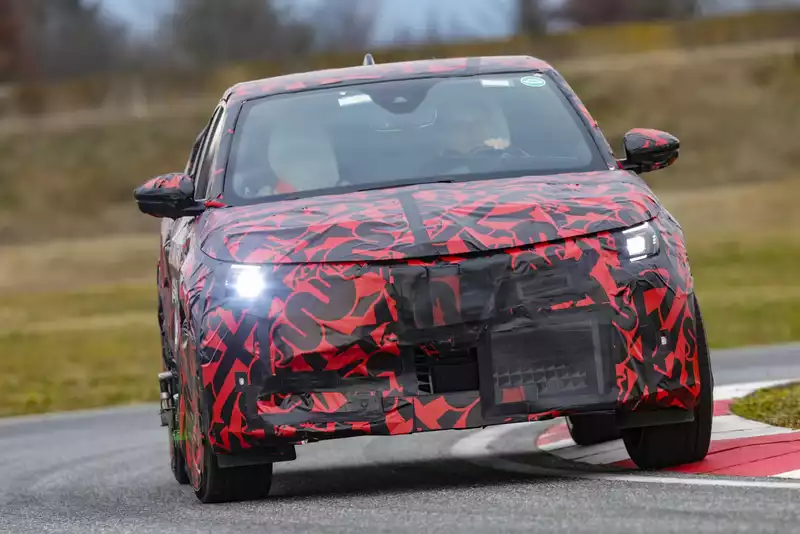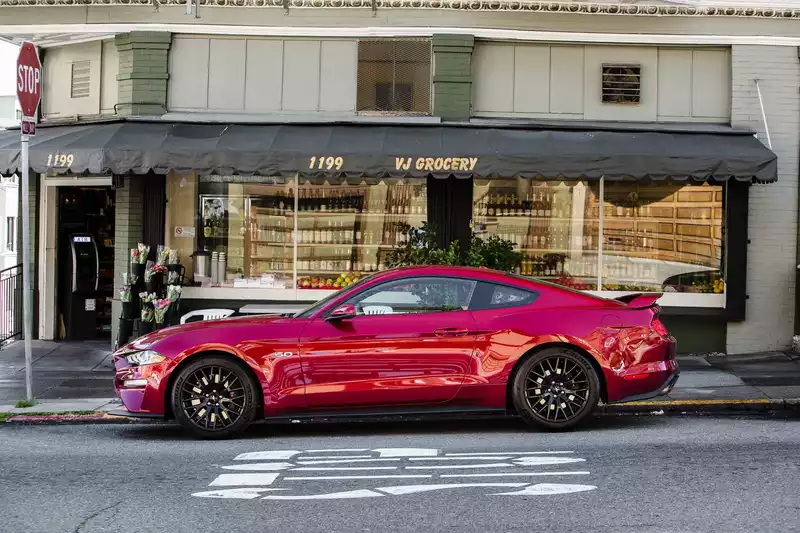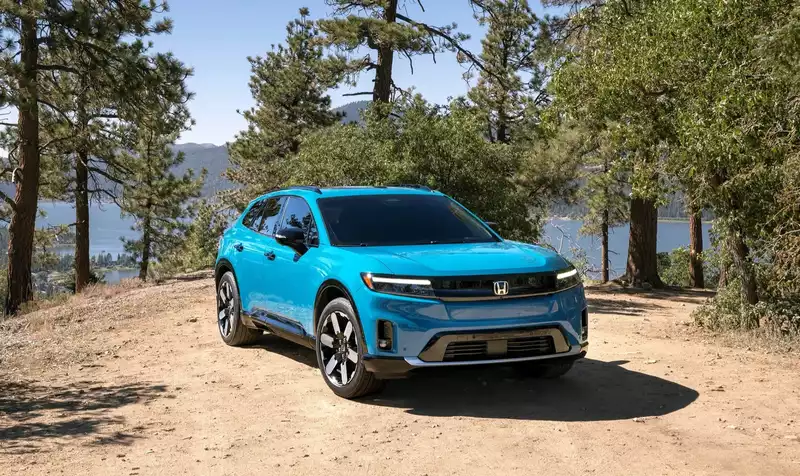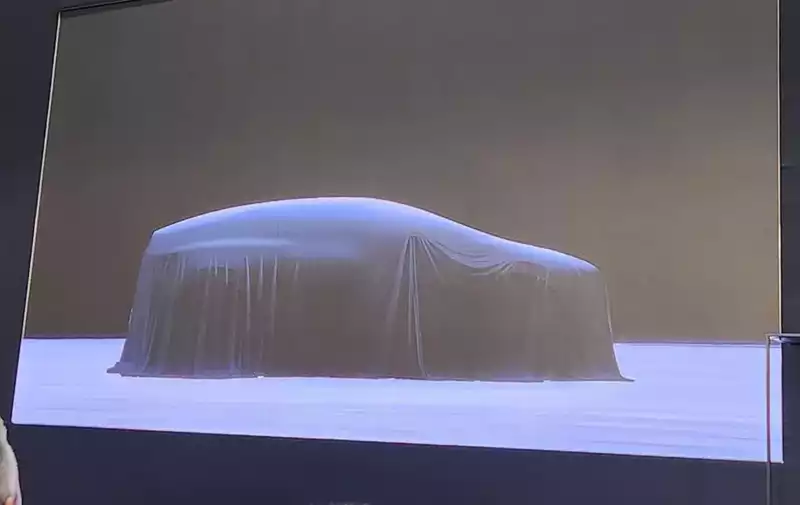Samsung has made a breakthrough in solid-state batteries
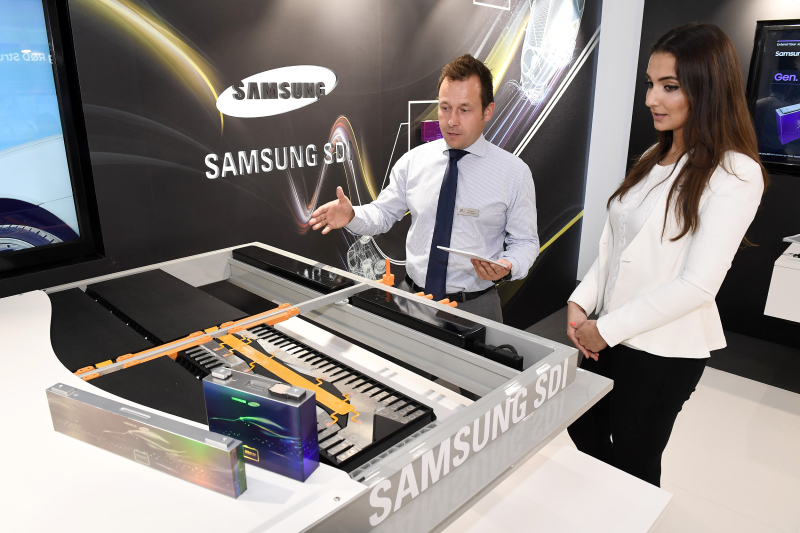
Samsung has made a major breakthrough in solid-state batteries.
Last week, the South Korean high-tech giant announced that the research units of Samsung Advanced Technology Research Institute and Samsung R&D Research Institute of Japan have jointly developed a new type of solid-state battery with improved range and safety compared to existing designs.
Solid-state batteries are considered the next big step in the development of electric vehicles because they offer greater range and safety compared to existing liquid batteries such as lithium-ion batteries. However, while this technology is not new, it is still difficult to produce solid state batteries in large quantities. In addition, they do not have sufficient lifetime required for automotive applications where frequent recharging at high energy transfer rates is common.
One of the challenges in providing long life is crystal growth on the lithium anode of solid-state batteries during charging. To address this problem, Samsung researchers developed a prototype battery with a silver-carbon (Ag-C) composite layer on the anode. This allowed for longer life and safety, as well as higher capacity.
According to Samsung, the prototype can travel up to 500 miles on a single charge and can be recharged more than 1,000 times. Researchers say the technology could allow for batteries half the size of current lithium-ion batteries. [Dongmin Im, a senior researcher at Samsung's Institute of Advanced Technology, said: "The results of this research could form the basis for safer and higher-performance batteries of the future. In the future, we will continue to develop and improve materials and manufacturing technology for all-solid-state batteries, which will help take battery innovation for electric vehicles to the next level."
Unfortunately, Samsung has not said when solid-state battery production will be ready, but other companies in the sector, such as Volkswagen Group and Toyota, have suggested a date no earlier than 2025.


